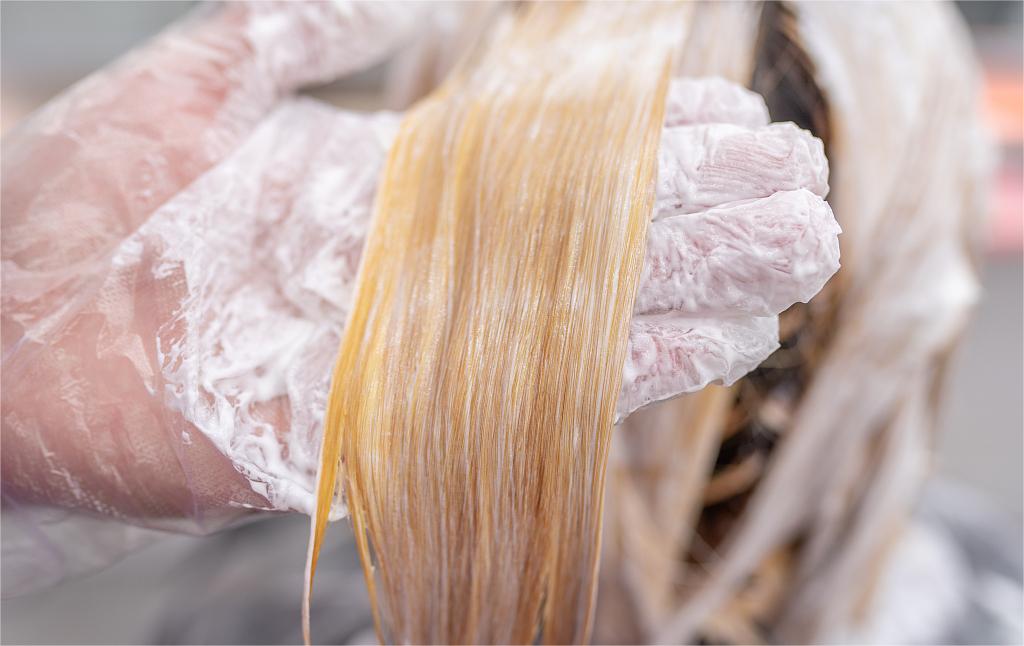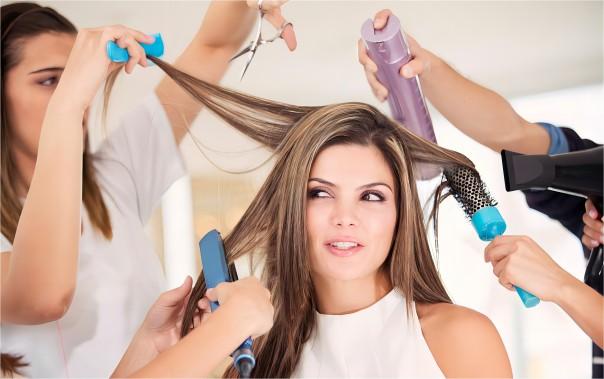Decoding the First Signs of Hair Thinning
- The Vanishing Act at the Hairline
One of the classic signs that your hair might be thinking about a solo career is a receding hairline. If you're noticing your forehead getting a little more real estate, it could be time to pay attention. But hey, don't panic – not all hairline changes are signs of impending doom. It's common for hairlines to mature a bit as we age.
- The Drain Dilemma
Have you ever finished showering, looked at the drain, and wondered if a small animal shed there? Okay, maybe not that extreme, but if you're seeing more hair than usual hanging out in the drain, it's time to take notice. While some hair loss is normal (we shed about 50-100 hairs a day), a sudden increase could be your follicles waving a tiny red flag.

- The See-Through Strands
Grab a mirror and take a closer look at your scalp. Can you see more of it than usual? If your once-thick hair is starting to look a bit sparse, especially on top, it might be thinning. Check for widening part lines or areas where the light seems to penetrate more than before.

- The MIA Miniaturized Hairs
Tiny soldiers called vellus hairs usually guard the perimeter of your hairline. If these little guys are starting to outnumber your normal, thicker strands, it could be a sign of trouble. Miniaturization happens when your regular hairs decide to downsize – not cool!
- The Itchy Scalp Symphony
An itchy scalp isn't just annoying; it might be trying to tell you something. Dandruff is one thing, but if your scalp is itchy and you notice increased hair loss, it could be a sign of an underlying issue like alopecia.
Understanding the Science: What Causes the First Signs of Hair Thinning?
To truly grasp the first signs of hair thinning, it's crucial to delve into the scientific underpinnings. Hair thinning can be attributed to various factors. Understanding the intricate processes within the hair follicles provides insight into why and how thinning occurs.
Normal Hair Growth Cycle:
Hair growth is a cyclical process that involves phases of growth, transition, and rest. Anagen is the growth phase, catagen is the transitional phase, and telogen is the resting phase.
DHT's Role in Thinning:
Dihydrotestosterone (DHT) is a hormone derived from testosterone through the action of an enzyme called 5-alpha reductase. In individuals with a genetic predisposition, DHT can bind to receptors in the hair follicles, leading to a process called miniaturization. This process gradually shrinks the follicles, making them produce finer and shorter hair.
Hair Follicle Miniaturization:
The term "miniaturization" refers to the gradual shrinking of hair follicles under the influence of DHT. As follicles shrink, the hair they produce becomes thinner and more delicate. This process is a key contributor to the first signs of hair thinning.
Hair Health 101: Daily Habits that Could Contribute to Thinning
Our daily routines play a pivotal role in the health of our hair.
- Vigorous Towel Drying:
Details: Towel drying your hair vigorously may seem harmless, but it can lead to hair breakage and thinning over time. Wet hair is more susceptible to damage, and the friction from rough towel drying can weaken the hair shaft. This can contribute to the appearance of thinning, especially if done consistently.
- Tight Hairstyles:
Details: Sporting tight hairstyles like ponytails, braids, or buns might be stylish, but constant tension on the hair follicles can lead to a condition called traction alopecia. This gradual pulling can weaken the hair roots, causing thinning in areas where tension is consistently applied. Exploring looser styles or varying hairstyles can reduce the risk.
- Frequent Use of Heat Styling Tools:
Details: Regular use of heat styling tools, such as straighteners or curling irons, can take a toll on the health of your hair. Excessive heat can strip away the natural moisture, making the hair more prone to breakage and thinning. Incorporating heat protectants and minimizing the use of these tools can mitigate potential damage.
- Overwashing or Underwashing:
Details: The frequency of hair washing is a balancing act. Overwashing can strip the scalp of natural oils, leading to dryness and potential breakage, while underwashing can allow product buildup, potentially clogging hair follicles. Finding the right balance based on hair type and lifestyle contributes to a healthier scalp and lessens the risk of thinning.
- Using Harsh Hair Products:
Details: The products we use on our hair matter. Harsh shampoos and styling products laden with chemicals can be detrimental to hair health. They may strip away natural oils and irritate the scalp, contributing to the first signs of hair thinning. Opting for milder, sulfate-free products can make a significant difference.
- Neglecting Scalp Health:
Details: A healthy scalp is the foundation for thriving hair. Neglecting scalp health, whether it's skipping regular cleansing or ignoring signs of irritation, can impact hair growth. Dandruff and other scalp conditions can contribute to thinning. Establishing a consistent and gentle scalp care routine fosters an environment conducive to robust hair growth.
- Skipping Regular Trims:
Details: While it might seem counterintuitive, skipping regular trims can contribute to the appearance of thinning. Split ends and damaged hair don't reflect light well, making the hair look finer than it actually is. Regular trims prevent split ends, promoting healthier-looking and more voluminous hair.
- Poor Diet and Hydration:
Details: What you put into your body reflects on your hair. A diet lacking essential nutrients, especially proteins and vitamins crucial for hair health, can contribute to thinning. Dehydration also affects hair texture. Ensuring a well-balanced diet and staying adequately hydrated supports the overall health of your hair.
- Sleeping on Cotton Pillowcases:
Details: Cotton pillowcases can create friction, leading to hair breakage and potential thinning. Silk or satin pillowcases cause less friction, reducing stress on the hair during sleep. Making this simple switch can contribute to maintaining the integrity of your hair strands.
Lifestyle and Locks:
Diet: Nutrition plays a crucial role in maintaining healthy hair. A diet rich in vitamins, minerals, and proteins supports hair growth. Conversely, poor dietary choices, such as excessive consumption of processed foods, can contribute to hair thinning.
Exercise: Regular physical activity not only reduces stress but also enhances blood circulation, delivering essential nutrients to the hair follicles. Sedentary lifestyles, on the other hand, may impede this nutrient flow, negatively affecting hair health.
Sleep: Quality sleep is vital for overall well-being, including the health of your hair. Lack of sleep can elevate stress levels and disrupt the hormonal balance, contributing to hair loss.
Hydration: Dehydration can affect the health of hair follicles, leading to increased brittleness and breakage. Maintaining adequate hydration is a simple yet often overlooked aspect of a healthy lifestyle.





